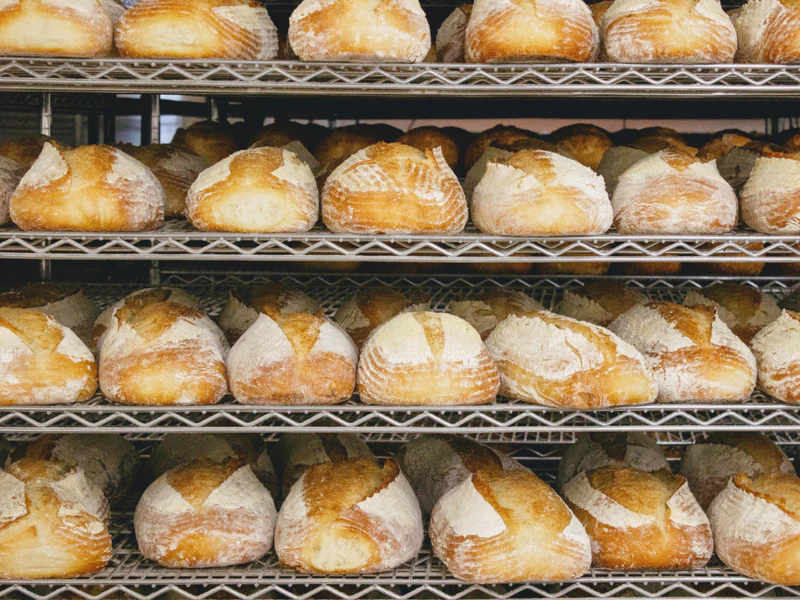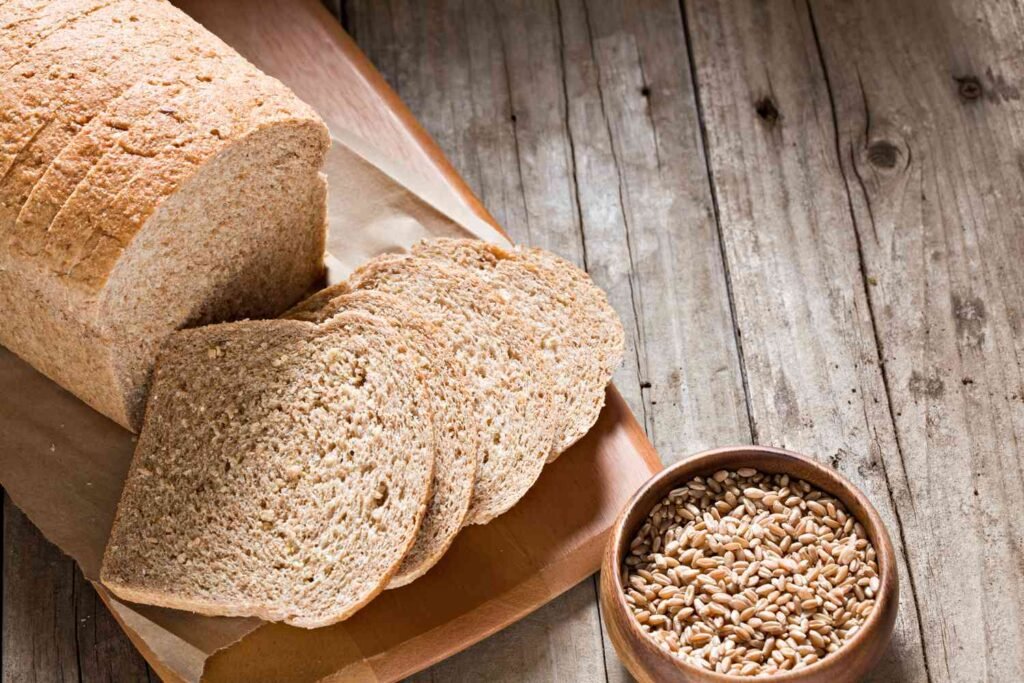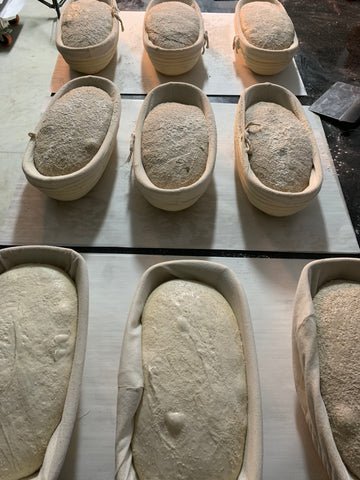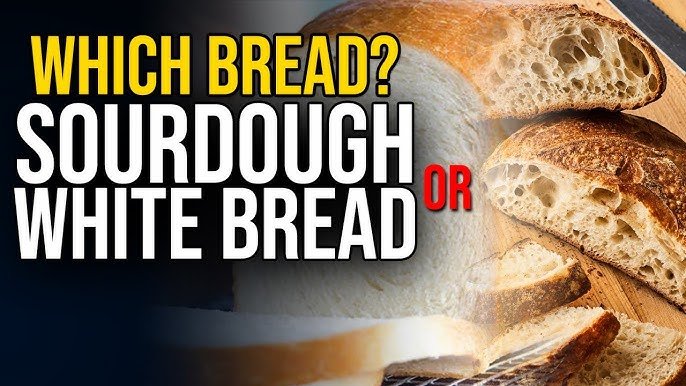Sourdough vs White Bread: What Should You Be Eating?

Sourdough vs white bread is more than just a debate over taste — it’s a question of health, nutrition, and food quality. From crowded supermarket aisles to artisan bakeries, bread remains a daily staple for millions. But the type we choose — whether it’s a slow-fermented sourdough or mass-produced white sliced bread — can have profound implications for our overall wellbeing. This comprehensive guide explores the key differences between sourdough and white bread, from ingredients and nutritional value to how each fits into a balanced diet.
Why Sourdough Rose to Popularity During Lockdown
Sourdough vs white bread became a trending topic during the global lockdown of 2020, as more people explored home baking. Sourdough quickly stood out for its rich flavor, chewy crust, and artisanal appeal. What sets it apart is the use of a natural starter — a living mixture of flour and water fermented with wild yeast and beneficial bacteria. Unlike the quick rise of commercial white bread, sourdough requires a long fermentation process that can last up to 36 hours. This slow fermentation not only improves flavor and texture but also boosts the bread’s nutritional value, making it a healthier and more rewarding option.
Sourdough vs White Bread: How the Chorleywood Process Changed Baking
In contrast, most supermarket white breads are made using the Chorleywood Bread Process (CBP), developed in the 1950s to mass-produce bread quickly. This method uses hard fats, extra yeast, and additives like emulsifiers and enzymes to hasten fermentation and extend shelf life. Today, about 80% of commercially available loaves use CBP, prioritizing convenience and cost over nutrition and digestibility.
Sourdough vs White Bread: Nutritional Differences Explained

Sourdough offers more than just flavor. Its slow fermentation breaks down gluten and phytic acid, making nutrients like magnesium, iron, and B vitamins more bioavailable. It’s also lower in FODMAPs, the fermentable sugars that can cause digestive issues for some. Sourdough’s structure slows digestion, leading to more stable blood sugar levels and prolonged satiety.
White Sliced Bread: Convenience with Compromise
White sliced bread is undeniably convenient. Soft, cheap, and long-lasting, it fits modern lifestyles. However, this convenience often comes with trade-offs. The refined flour used lacks fiber and many micronutrients. Additives like potassium bromate (used in some countries) help with texture but raise health concerns, including potential carcinogenicity.
What Are Ultra-Processed Foods (UPFs)?
Many commercially baked loaves fall under the category of ultra-processed foods (UPFs), which typically include additives, colorants, preservatives, and ingredients not found in a home kitchen. A good rule of thumb: if the ingredient list has five or more items you don’t recognize, it’s likely a UPF. Studies have linked high UPF consumption to obesity, heart disease, and metabolic issues.
Wholegrain Bread: The Balanced Choice in the Sourdough vs White Bread Debate
Wholegrain bread, made using all parts of the wheat kernel — germ, bran, and endosperm — offers a fiber-rich alternative. These loaves are packed with nutrients like folate, vitamin E, and polyphenols. Eating wholegrains has been shown to lower the risk of heart disease and improve gut health. While not as slowly fermented as sourdough, wholegrain breads offer substantial health benefits compared to refined white loaves.
Misleading Labels: Seeded Isn’t Always Wholegrain

Not all brown or seeded bread is wholegrain. Some loaves include added seeds for appearance but are still made with refined white flour. It’s important to read the ingredients carefully. The term “wholemeal” or “100% whole wheat” is more reliable than “multigrain” or “brown,” which can be misleading.
Innovations in Bread: A Healthier White Loaf
Researchers are developing white bread alternatives enriched with pulses, bran, and underused grains like teff and millet. These hybrid loaves aim to replicate the taste and texture of white bread while offering the nutrition of wholemeal. With added fiber and micronutrients, this innovation may soon offer a best-of-both-worlds option for health-conscious consumers who prefer white bread.
Making Smarter Choices at the Supermarket
While baking sourdough at home is ideal, it’s not feasible for everyone. Commercial sourdough options with minimal ingredients are increasingly available. When buying bread, prioritize loaves with fewer, recognizable ingredients. Look for wholegrain labels and avoid added sugars and preservatives where possible. Freezing bread is a great way to maintain freshness without relying on chemical preservatives.
Final Thoughts: Which Bread Should You Eat?

The healthiest bread depends on your goals. Sourdough ranks highest for gut health and nutrient absorption, but can be expensive or time-consuming. Wholegrain bread is a convenient, nutritious alternative. White sliced bread may offer shelf life and softness, but typically falls short nutritionally. Reading labels and understanding the bread-making process can empower you to make better choices that support your health.




